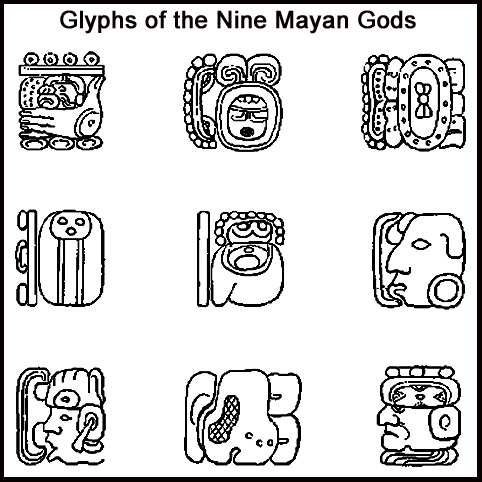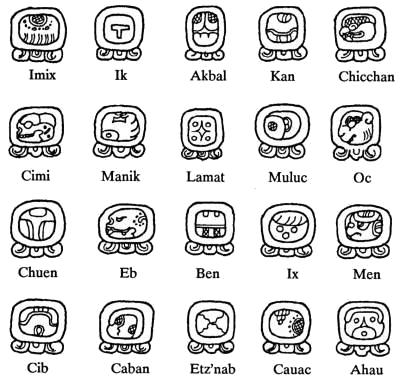
Just in time for the growing furor about the "Doomsday" we have some new and interesting archaeological information coming out of Guatemala.
Unless you have been in hiding, you likely know that the world is batting around ungrounded rumors of the end of the world on 12/21/12. And if you have read this blog, you know I argue strongly that that idea is ridiculous. Well, in a delicious moment of "I told you so", the ancient Mayans left us a note indicating they did not intend that date as the end of the world. Let's remember that we have just 2 VERY vaugue references to that date, and really just one with any weight at all. This in opposition to many indicators that the Mayans believed that the world would last long past that date.
Now, archaeologists at the Mayan ruins of La Corona in Guatemala have unearthed another reference to the purported Doomsday date. On a stairway block carved with hieroglyphs, archaeologists found a commemoration of a visit by Yuknoom Yich'aak K'ahk' of Calakmul, the most powerful Mayan ruler in his day. The king, also known as Jaguar Paw, suffered a terrible defeat in battle by the Kingdom of Tikal in 695. So what did Jaguar Paw do after his defeat? Well he went on a publicity tour of course! And as part of that tour, he appears to have indicated that his reign would go on for eons into the future, specifically mentioning the 13th bak'tun of 12/21/12. (The reason may be that he reigned during the 13th k'atun, so he wanted that nice link of the 13 between the 2 cycles).
Marcello Canuto, the director of Tulane University Middle America Research Institute, said in a statement. "This text talks about ancient political history rather than prophecy," "This new evidence suggests that the 13 bak'tun date was an important calendrical date that would have been celebrated by the ancient Maya; however, they make no apocalyptic prophecies whatsoever regarding the date.What this text shows us is that in times of crisis, the ancient Maya used their calendar to promote continuity and stability rather than predict apocolypse"
This new calendar text was discovered just on June 28, 2012. La Corona has seen lots of looting over the centuries, but some stones with Mayan writings on them were cast aside by the robbers. This new discovery just adds to the large body of evidence that Doomsday is a date to sell books, and be provocative.
J.T. Turner, Mayanist












